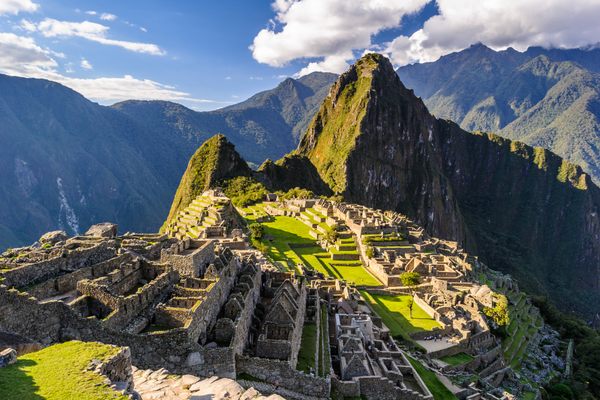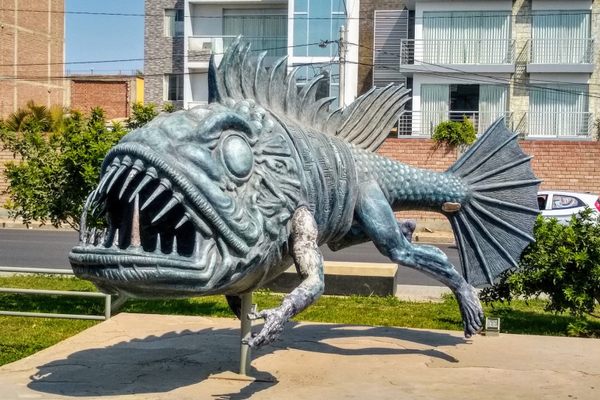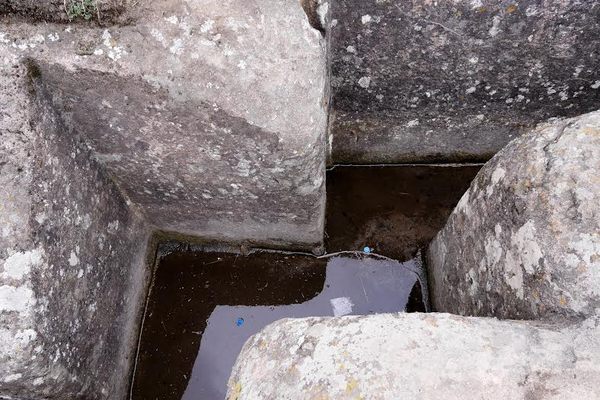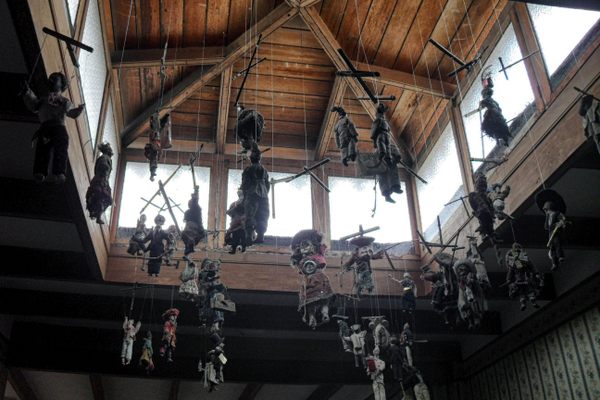The Not-So-Abandoned Town of Zaña
After an epic flood washed away its enslavers, this city has been part ghost town, part cultural wildcard for the past three centuries.
Just inland and to the south of bustling Chiclayo lies the reputed “ghost town” of Zaña. Tucked in a fertile agricultural valley, the tiny town teems with ruins dating back to Peru’s colonial era and – to the astonishment of the few travelers drawn there for these ghostly shells of convents and cloisters – a whole host of current residents whose roots trace back hundreds of years, to a generation of Zaña’s whose spirit couldn’t be dominated by marauding pirates, conquistadors, or raging floods.
Settled for millennia by indigenous inhabitants, the Zaña Valley became a powerhouse for Spain’s conquistador’s thanks to the vast gold and silver deposits hidden in its surrounding hills. In the centuries to come, the city of Zaña (officially “founded” in 1534) would rise in economic import, as its political heads established it as the most important city on the northern coast, surpassing even Trujillo.
The reputation for wealth was so well known that the pirate Edward Davies would go so far as to launch a series of attacks on Zaña in 1686, lured there by the promise of treasure beyond compare. Part of maintaining Zaña’s economic status involved the use of slaves, hailing from both indigenous Andean communities and African slaves imported to the continent expressly to work in the mines and protect the city’s wealth from being sacked.
Though business was bustling for the Spanish in spite of random pirate attacks and increased instability in the region, it was Mother Nature’s intervention that dealt the fateful blow to Zaña’s overlords. In 1720, records show that El Niño caused the Zaña River to overflow its banks in an incredible way, destroying the city in a flood of biblical proportions. Nearly everything the masters had built was destroyed. What little remained, rose from the decimated remains of Zaña, husks of an imported faith. The most impressive of these ruins include the San Augustine Convent, built in 1586, whose bombed-out center is a favorite spot for modern visitors to the town, who pause to gape beneath the open-air nave and frescoes still readily visible on its walls.
Sun-bleached cloisters dot the horizon, and arches from the colonial period rise from Zaña’s fields and central plazas to this day, contributing to the idea that the city is as abandoned as when the Spanish left it in 1720. Yet a crucial piece is missing from this picture: only the Spanish left, convinced that the slaves’ devotion to their old traditions had called down hellfire on their fair city.
The fact that the Zaña’s surviving black population, now free from their enslavers, remained in the city is a story history has mostly forgotten. What resulted from this lack of storytelling is the present widespread misconception of Zaña as a “ghost town,” rather than a city full of remarkable ruins, the country’s only Afro-Peruvian museum, its own unique kind of candy, no vehicular traffic, and a heterogeneous population that’s 1,000 strong.
Indeed, Zaña’s history and traditions have survived anything thrown their way better than most places in the world… it’s just that most outsiders don’t know it.



































Follow us on Twitter to get the latest on the world's hidden wonders.
Like us on Facebook to get the latest on the world's hidden wonders.
Follow us on Twitter Like us on Facebook